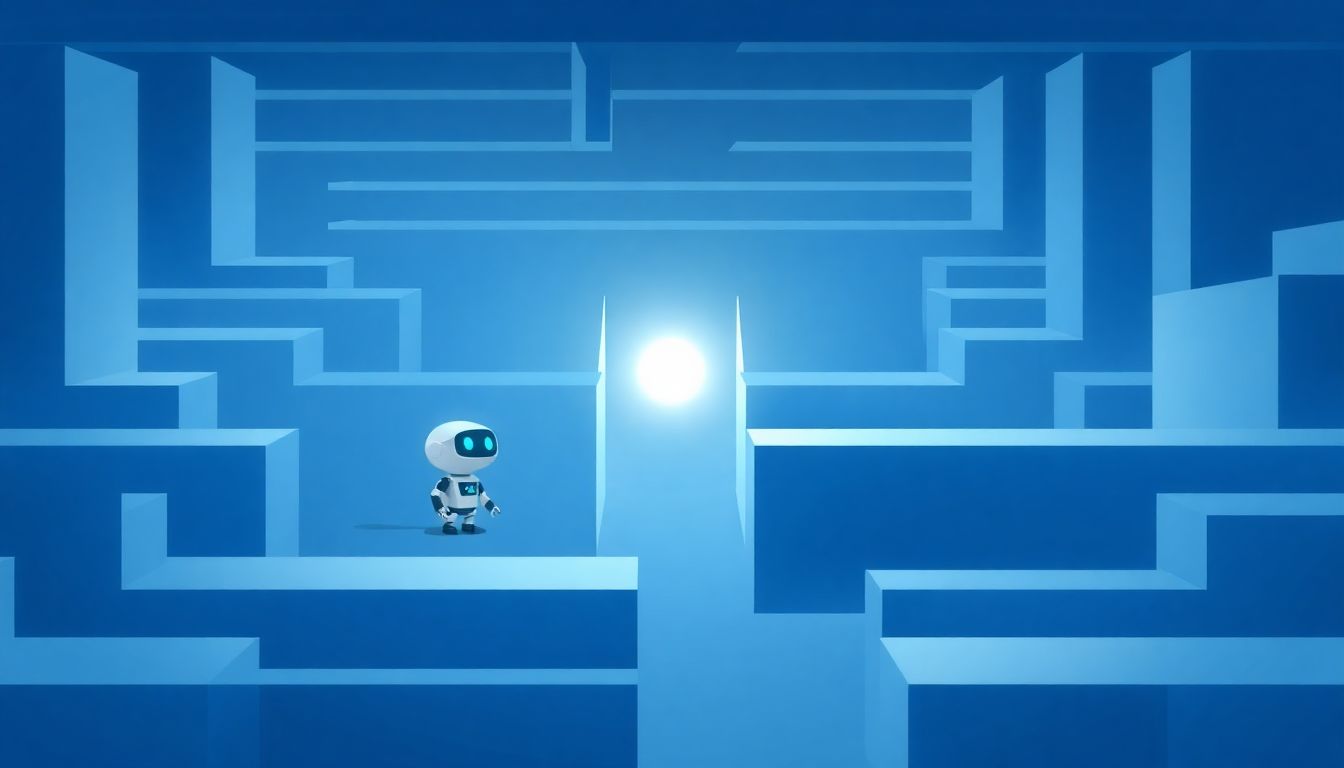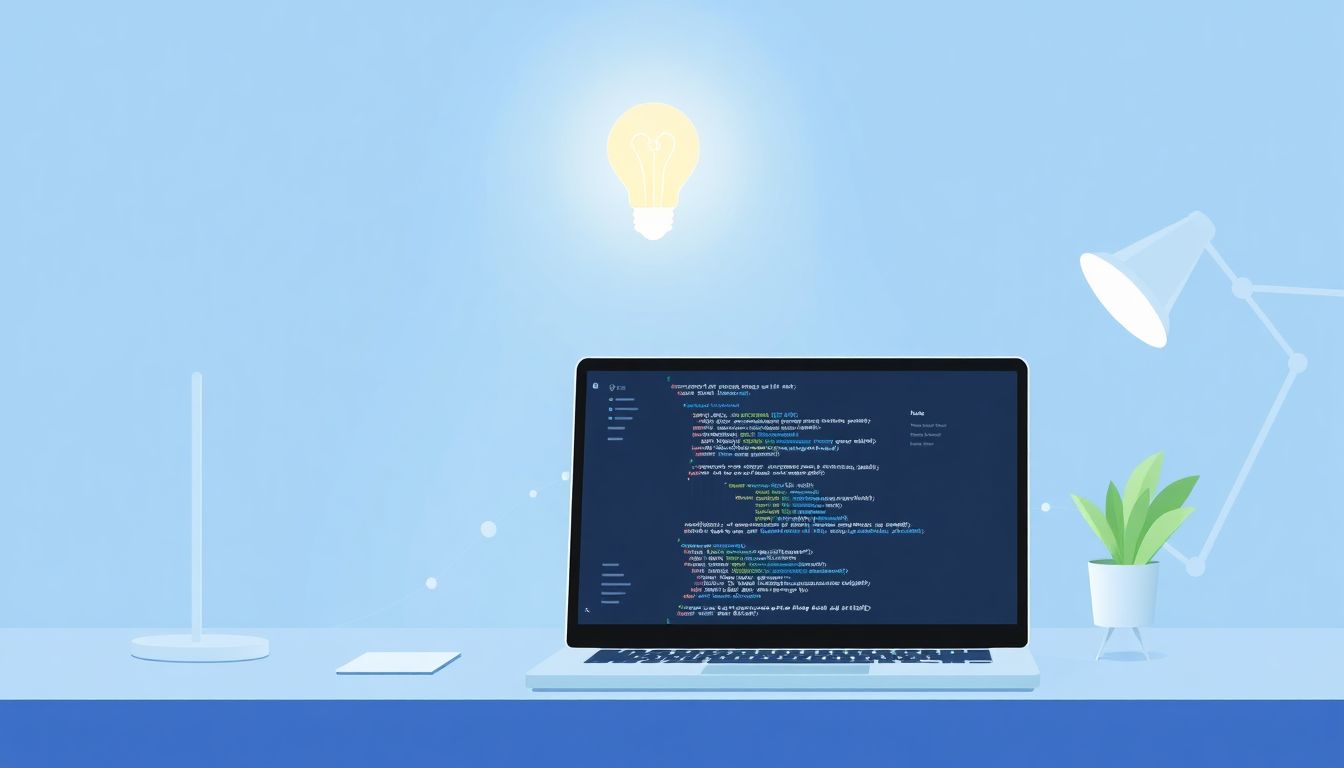Navigating the world of patent research and drafting can feel like wandering through a maze—confusing and overwhelming at times. Many of us struggle to find the right tools and approaches to make this process smoother and more efficient.
But what if I told you there’s a way to simplify this journey? By leveraging the power of ChatGPT, you can enhance your patent research, streamline drafting, and overcome common hurdles with ease.
In this blog post, we’ll explore how ChatGPT can become your trusty sidekick in patent-related tasks, offering step-by-step guidance, best practices, and even examples that will transform how you approach patent work. Ready to dive in?
Key Takeaways
- ChatGPT can simplify patent research and drafting by assisting with prior art analysis and suggesting databases.
- Use specific prompts to get relevant results, such as listing similar patents or summarizing key features.
- For drafting, ChatGPT can outline applications and generate content for different sections, like backgrounds and claims.
- Adopt best practices by crafting focused prompts and performing quality checks on the AI-generated content.
- Address challenges like knowledge gaps or deep insights by using tailored prompts for explanations or comparisons.
- Having effective prompts on hand can improve the efficiency and clarity of your patent research.

How ChatGPT Can Help You with Patent Research and Drafting
ChatGPT can significantly streamline the patent research and drafting process, making it easier and faster for inventors and legal professionals alike.
With its advanced natural language processing capabilities, ChatGPT can assist in analyzing prior art, suggesting relevant databases, and even drafting aspects of patent applications.
This AI tool not only saves time but also enhances the accuracy of your research, helping to identify unique aspects of inventions that can make up a robust patent application.
Understanding Patent Research: What You Need to Know
Patent research involves a thorough examination of existing patents and prior art to ensure the novelty of an invention.
Prior art searches are crucial as they help to establish whether an invention is new and non-obvious, which are key criteria for patentability.
Familiarize yourself with various patent databases like Google Patents, Espacenet, and the USPTO’s official site to gain insights into what has been patented.
Understanding the fundamentals of intellectual property is essential, as this knowledge provides context for the significance of your invention.
Moreover, learn about patent classification systems which categorize patents based on their technical features—this will help refine your search strategy.
Using ChatGPT for Patent Search: Step-by-Step Guide
Here is a straightforward guide to using ChatGPT for patent searching.
Start by prompting ChatGPT with specific queries about your invention. For example, you can use:
- “List similar patents to my invention about a solar-powered backpack.”
- “What prior art exists for my technology in wearable health monitoring?”
Once you’ve received initial results, ask ChatGPT to summarize the findings:
- “Summarize the key features of the listed patents.”
- “Highlight the differences between my invention and the identified patents.”
You can also instruct ChatGPT to help you refine your queries based on the results you receive. This iterative process will lead to a more effective search.
Drafting Patent Applications: How ChatGPT Can Assist
Drafting patent applications can be complex, but ChatGPT simplifies this process by providing structure and clarity.
Start by asking ChatGPT to outline sections of the application, such as:
- “Create an outline for a patent application on a new drug delivery system.”
Once you have the outline, request detailed content for each section. For instance:
- “Write a brief summary of the invention for my patent application.”
- “Help me draft a background section discussing existing technologies in drug delivery.”
This will assist you in ensuring that all necessary components, such as claims and descriptions, are included and properly articulated, reducing drafts’ errors in the process.

Generating Claims and Specifications with ChatGPT
Creating claims and specifications is one of the most critical parts of patent drafting, and ChatGPT can play a substantial role here.
To start off, you can prompt ChatGPT to generate specific claims for your invention. Try using:
- “Draft five claims for a method of producing biodegradable plastic.”
- “Create a list of claims for a smart irrigation system that optimizes water usage.”
ChatGPT can not only generate these claims, but it can also help clarify the language to ensure they are both comprehensive and compliant with patent standards.
You might also ask ChatGPT to produce detailed specifications based on your initial descriptions. For instance:
- “Write a detailed specification for my new renewable energy device.”
- “Detail the technical aspects of my wearable health monitoring device.”
This will assist in developing a full picture of your invention, covering various critical aspects such as functionality, technical field, and background.
Best Practices for Using ChatGPT in Patent Drafting
To get the most out of ChatGPT in patent drafting, adopting best practices is essential. It starts with crafting effective prompts.
Try using commands that are specific and focused. For instance:
- “Outline a patent application process for a new pharmaceutical compound.”
- “Summarize the differences between provisional and non-provisional patent applications.”
Additionally, always perform quality checks on the AI-generated content to catch any inaccuracies or unclear language before finalizing your documents.
Engage in an iterative process with ChatGPT, which means revising the prompts based on feedback from generated drafts. For example:
- “Refine the claim language to be more precise and formal.”
- “Enhance the background section by including examples of related technologies.”
Remember, while AI can greatly assist the drafting process, maintaining a balance with human expertise is key, ensuring that legal nuances are not overlooked.
Common Challenges in Patent Research and How to Overcome Them with ChatGPT
Patent research can have its fair share of challenges, but using ChatGPT can help navigate these obstacles effectively.
One common issue is identifying relevant prior art efficiently. To overcome this, use prompts like:
- “List patents related to drone technology for agricultural applications.”
- “What similar inventions exist for a high-efficiency solar panel?”
Another challenge is dealing with knowledge gaps in specific technical areas. In such cases, ask ChatGPT to explain complex concepts by saying:
- “Explain the basic principles of gene editing technologies.”
- “What are the key components of a blockchain system?”
When facing insights that lack depth, leverage ChatGPT to explore these areas more thoroughly by directing it with prompts like:
- “Provide a detailed comparison of available patent filing options in the US versus Europe.”
- “Outline the common pitfalls to avoid during the patenting process.”
By utilizing these strategies, you can address common patent research challenges and streamline your workflow significantly.
Examples of Effective ChatGPT Prompts for Patent Research
Having a set of effective prompts can make your interaction with ChatGPT much smoother and more productive.
Here are some sample prompts that you can use directly:
- “Find similar patents to my invention related to a novel wireless charging system.”
- “Summarize the essential details of the following patents: US123456, US987654.”
- “List all patents concerning electrolyte materials in fuel cells.”
- “Generate potential claims for a device that uses AI for personalized learning.”
- “Gather information on novel features patented in home automation systems.”
These prompts can enhance the quality and focus of your research outputs.
To refine your results, don’t hesitate to ask ChatGPT for additional insights by using prompts like:
- “Compare my invention’s features with existing patents.”
- “Identify gaps in prior art that my invention can fill.”
Utilizing these effective prompts can significantly improve your patent research efficiency, providing clearer and more actionable insights.

Integrating ChatGPT into Your Patent Workflow
Integrating ChatGPT into your patent workflow can enhance efficiency and productivity.
Start by identifying tasks where AI can help, such as initial patent searches or draft reviews.
For immediate implementation, instruct ChatGPT to suggest a streamlined workflow using the specific tasks you’re tackling.
- “Outline a step-by-step workflow for integrating ChatGPT in patent research.”
- “Show how to automate drafting using ChatGPT in my patent application process.”
Collaborate with ChatGPT by using it as a brainstorming partner for summarizing findings or generating FAQs based on drafted content.
Regularly review the outputs for accuracy and clarity to maintain the integrity of your patent documents.
Consider setting a consistent schedule to engage with ChatGPT, ensuring it becomes a reliable aspect of your workflow.
Finally, share the results with colleagues or team members to gather feedback and improve the integration process.
Future Trends: The Role of AI in Patent Research and Drafting
The future of AI in patent research and drafting is poised to bring revolutionary changes.
As technology advances, expect more sophisticated tools that offer deeper insights into patent landscapes.
AI will increasingly handle complex data analysis, enabling rapid identification of relevant prior art.
Anticipate enhancements in natural language processing capabilities, making interactions with tools like ChatGPT even more intuitive.
Consider exploring prompts like:
- “Predict future trends in AI related to patent law and application processes.”
- “Discuss emerging AI technologies impacting patent research.”
Moreover, ethical considerations surrounding AI in intellectual property will come to the forefront as reliance on these tools increases.
Stay updated by regularly reviewing developments within AI and patent law to stay ahead in your applications and filings.
FAQs
ChatGPT can streamline patent research by quickly generating search queries, summarizing relevant patents, and extracting key information to help users identify unique aspects and potential prior art.
Yes, ChatGPT can assist in drafting patent applications by generating text for claims, specifications, and abstract, enhancing clarity and completeness, and ensuring adherence to formatting conventions.
Common challenges include identifying relevant prior art, managing large amounts of data, and ensuring comprehensive searches. ChatGPT can provide solutions by organizing data and suggesting relevant search terms.
Integrate ChatGPT by using it for drafting, revising, and conducting searches in a structured workflow. This can enhance efficiency and improve the quality of outputs throughout the patent process.
